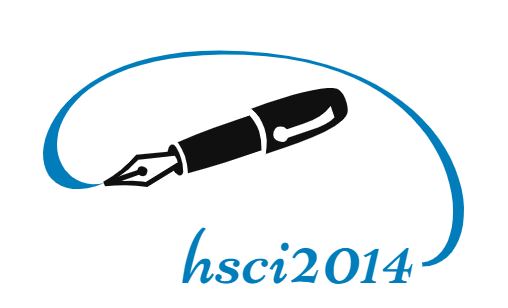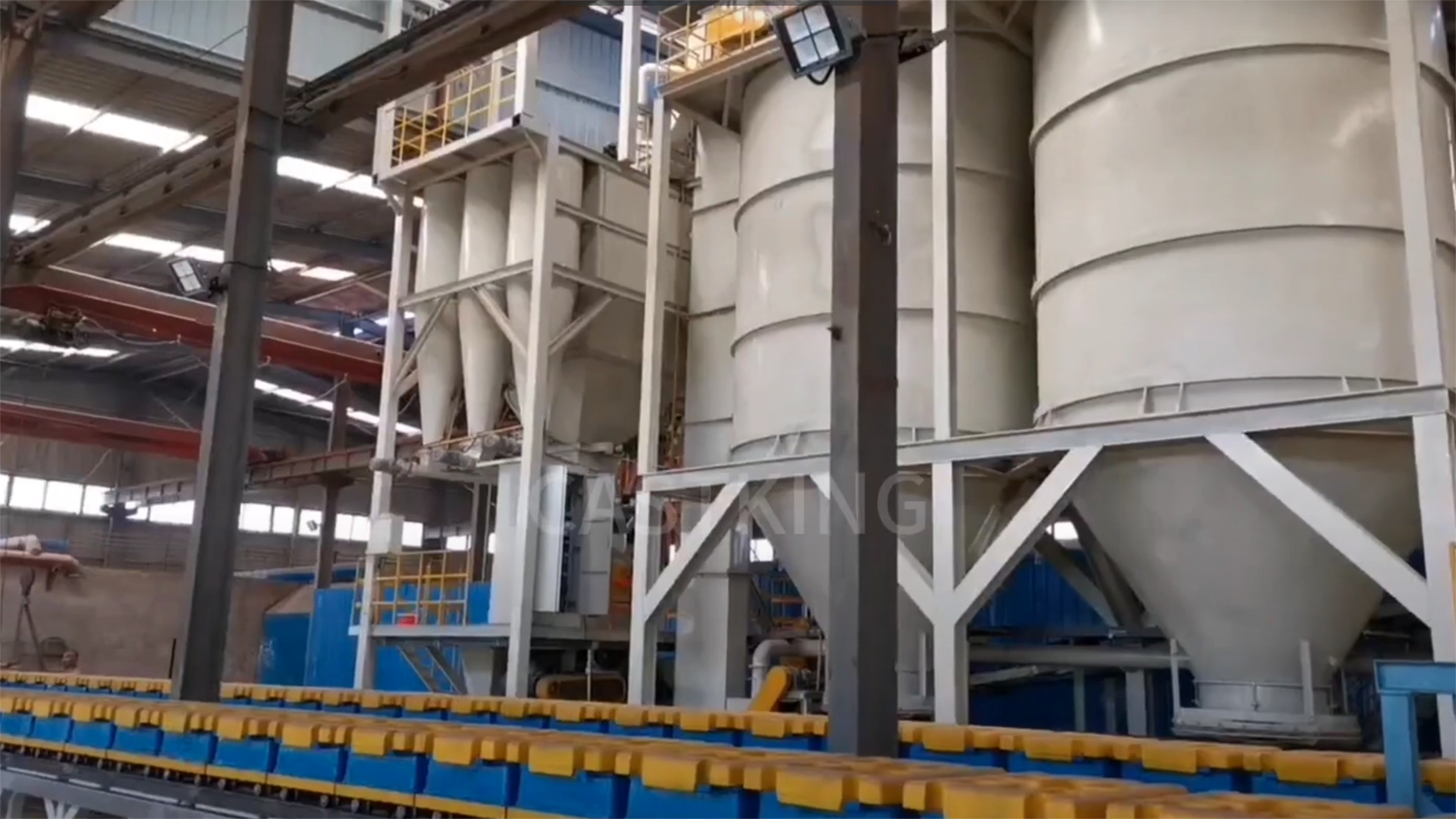Sand-casting molding machines are imperative to the metal casting enterprise, streamlining the technique of creating complicated steel components. These machines automate the creation of sand molds, which can be essential for shaping molten metal into favored forms. At the coronary heart of sand casting is the sand mold, commonly made from a mixture of sand and a binder, which forms the hollow space into which the molten steel is poured.
Sand-casting molding machines can range in complexity from simple manual devices to absolutely automated systems. The advanced fashions, like those produced by using the CASTKING casting system, provide computerized horizontal parting molding skills. Those machines enhance productivity and precision by automating the mold introduction process, making sure regular mold is nice, and decreasing hard work charges.
Features that include automatic field setting, iron pressing, and green sand mold coaching make these machines appropriate for high-volume manufacturing environments. CASTKING's sand casting molding machine is designed for efficiency and durability, meeting the needs of each domestic and worldwide market. The integration of design, manufacturing, and research and development inside CASTKING ensures that their sand-casting molding machines are at the vanguard of technological improvements in the industry.
Design Elements That Impact the Performance of Sand Casting Molding Machines
The performance of a sand-casting molding machine is deeply stimulated by its layout. From the material management device to the mold introduction technique, every aspect of the design plays a vital role in figuring out the performance, precision, and reliability of the device. This article explores the key design elements that affect the performance of sand-casting molding machines.
Automation and Control Systems
Automation is a big factor in the performance of sand-casting molding machines. Modern-day machines, inclusive of those produced with the aid of the CASTKING casting system, include advanced automation technologies to enhance productivity and consistency. Automatic systems can perform repetitive responsibilities with excessive precision, decreasing the likelihood of human mistakes and increasing throughput.
Control structures are integral to automation, imparting the interface through which operators can control the system. These structures often consist of programmable good judgment controllers and human-system interfaces (HMIs) that allow for precise management of the molding procedure. By allowing excellent changes to be made in real time, control structures make sure that every mold is created to precise specifications.
Material Handling and Preparation
The performance of fabric handling within a sand-casting molding gadget extensively impacts its performance. Efficient material management systems ensure that sand and binders are accurately measured, mixed, and transported to the molding station without delays or contamination. Computerized conveyor belts, elevators, and feeders streamline this technique, ensuring a constant supply of prepared molding sand.
Sand guidance is another critical issue. The fineness of the sand blend, which includes the kind and percentage of binders, immediately impacts the integrity of the molds. Superior sand guidance structures can precisely control the moisture content and compaction of the sand, resulting in molds that are sturdy and permeable enough to permit gases to get away in the course of the casting process.
Mold Accuracy and Precision
The layout of the mold introduction mechanism is crucial to the performance of a sand-casting molding machine. Mold accuracy and precision are paramount, as any imperfections can result in defects within the final solid merchandise. Contemporary machines employ sophisticated strategies to make certain that molds are produced with excessive dimensional accuracy and surface finish.
Pattern reputation and alignment systems play a critical role in this factor. These systems ensure that the styles used to create the molds are correctly aligned and positioned, reducing the risk of misalignment and defects. Additionally, computerized center-putting mechanisms can correctly place cores within the molds, ensuring the suitable inner geometries of the forged parts.
Durability and Material Selection
The substances used inside the creation of a sand-casting molding device impact its durability. Machines built with first-rate, wear-resistant materials are better suited to withstand the abrasive nature of the sand and the repetitive stresses of the molding process. Components, along with the molding plates, sand hoppers, and conveyors, have to be produced from materials that can resist corrosion and put on over the years.
Similarly to the selection of substances, the layout ought to account for clean preservation and substitution of components. Modular designs, wherein additives can be accessed and replaced without problems, lessen downtime and enhance the overall reliability of the system. Regular preservation schedules and the availability of replacement elements are critical for maintaining the machine in top-quality running circumstances.
Adaptability and Flexibility
The adaptability of a sand-casting molding machine to different casting necessities can significantly enhance its performance. Machines that may accommodate a selection of pattern sizes and styles provide extra flexibility in manufacturing. That is specifically important for foundries that need to produce a wide variety of cast products.
Bendy layout features, such as adjustable mold containers and variable compaction mechanisms, permit operators to fast reconfigure the device for unique casting projects. This flexibility reduces setup times and will increase the system’s versatility, making it suitable for each small-batch and high-volume production run.
Summary
The design of a sand-casting molding machine has a profound effect on its performance, influencing elements such as automation, material handling, mold accuracy, sturdiness, adaptability, and energy performance. Advanced designs, integrate modern technologies to enhance productivity, precision, and reliability. With the aid of focusing on these key layout elements, manufacturers can produce brilliant sand-casting molding machines that meet the needs of cutting-edge foundries, ensuring efficient and accurate production of cast metallic components.


